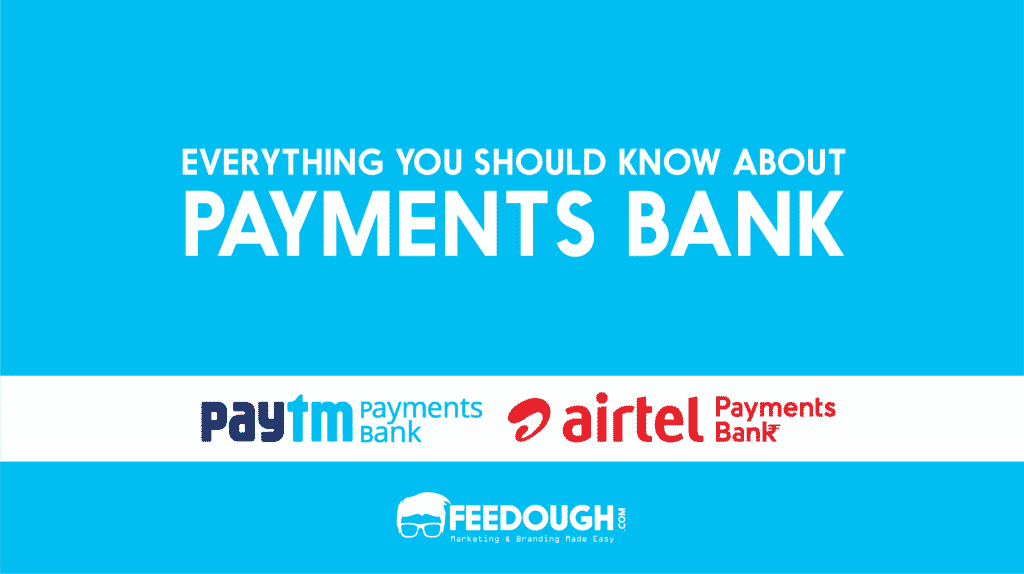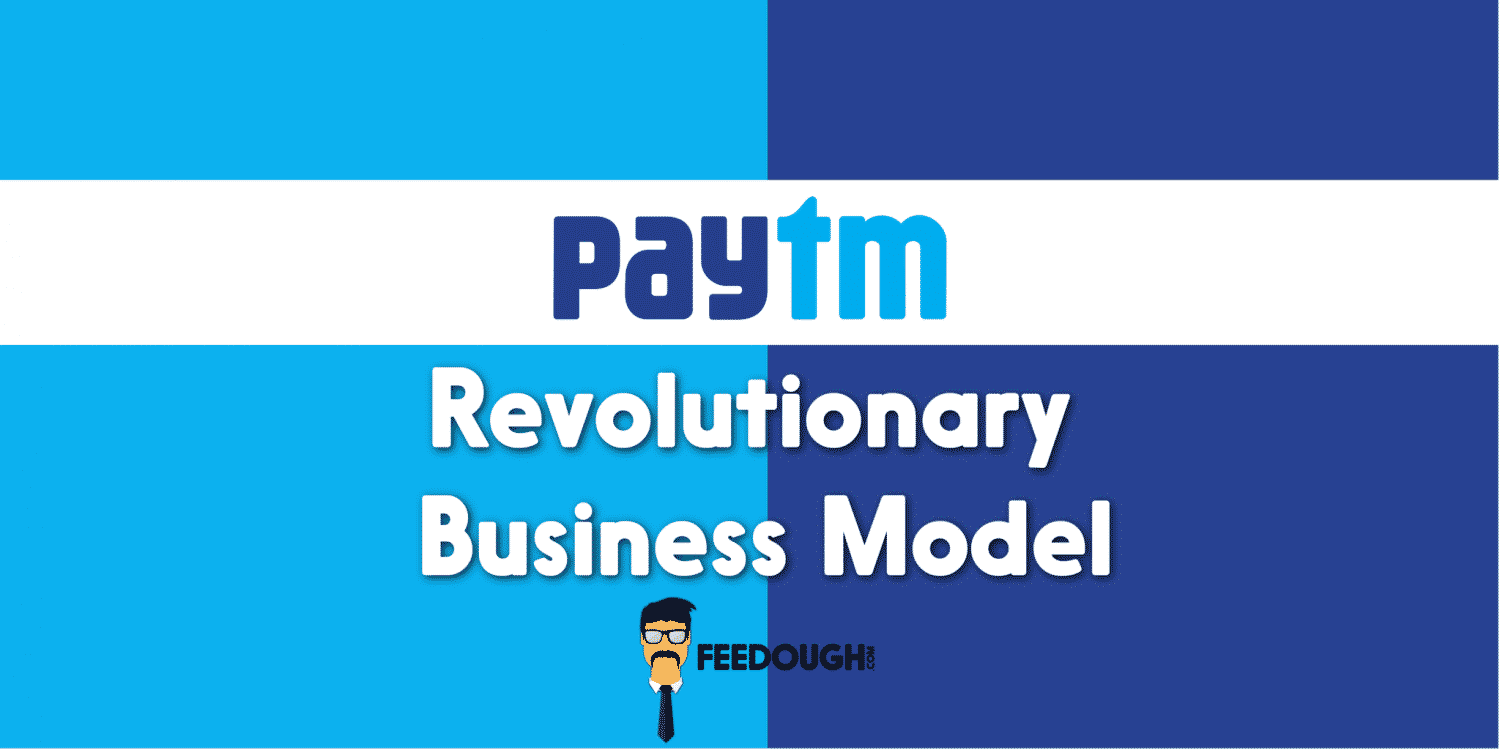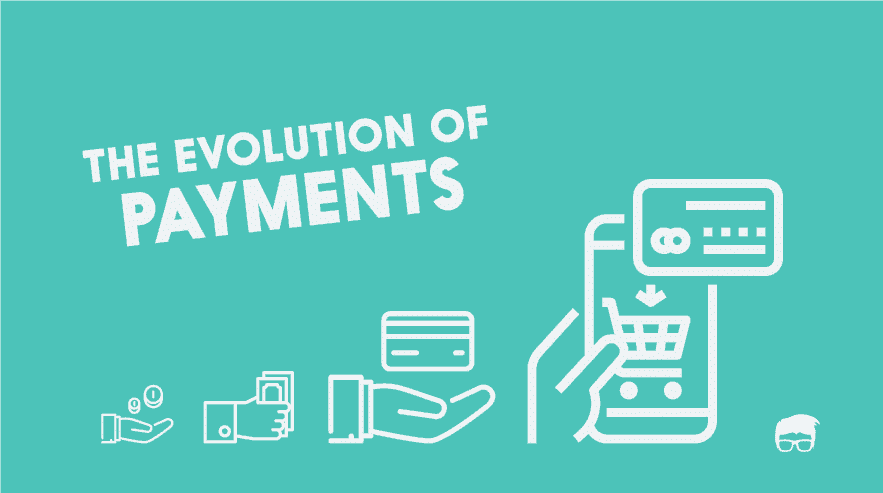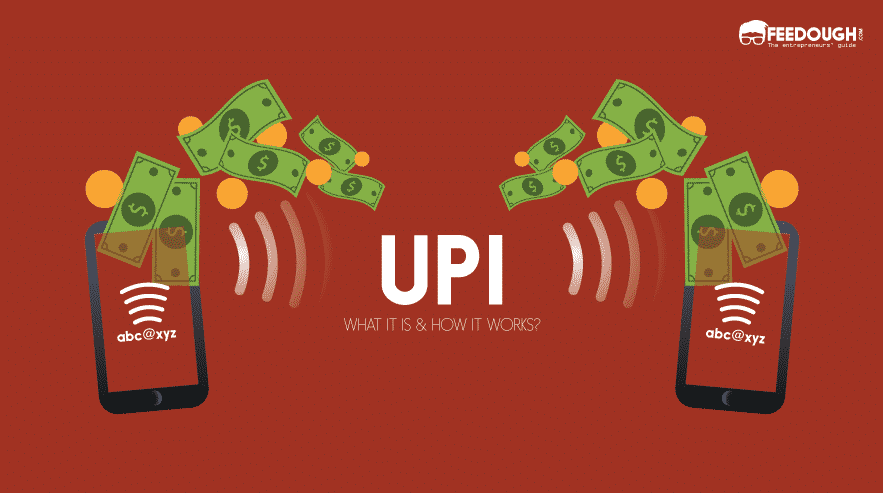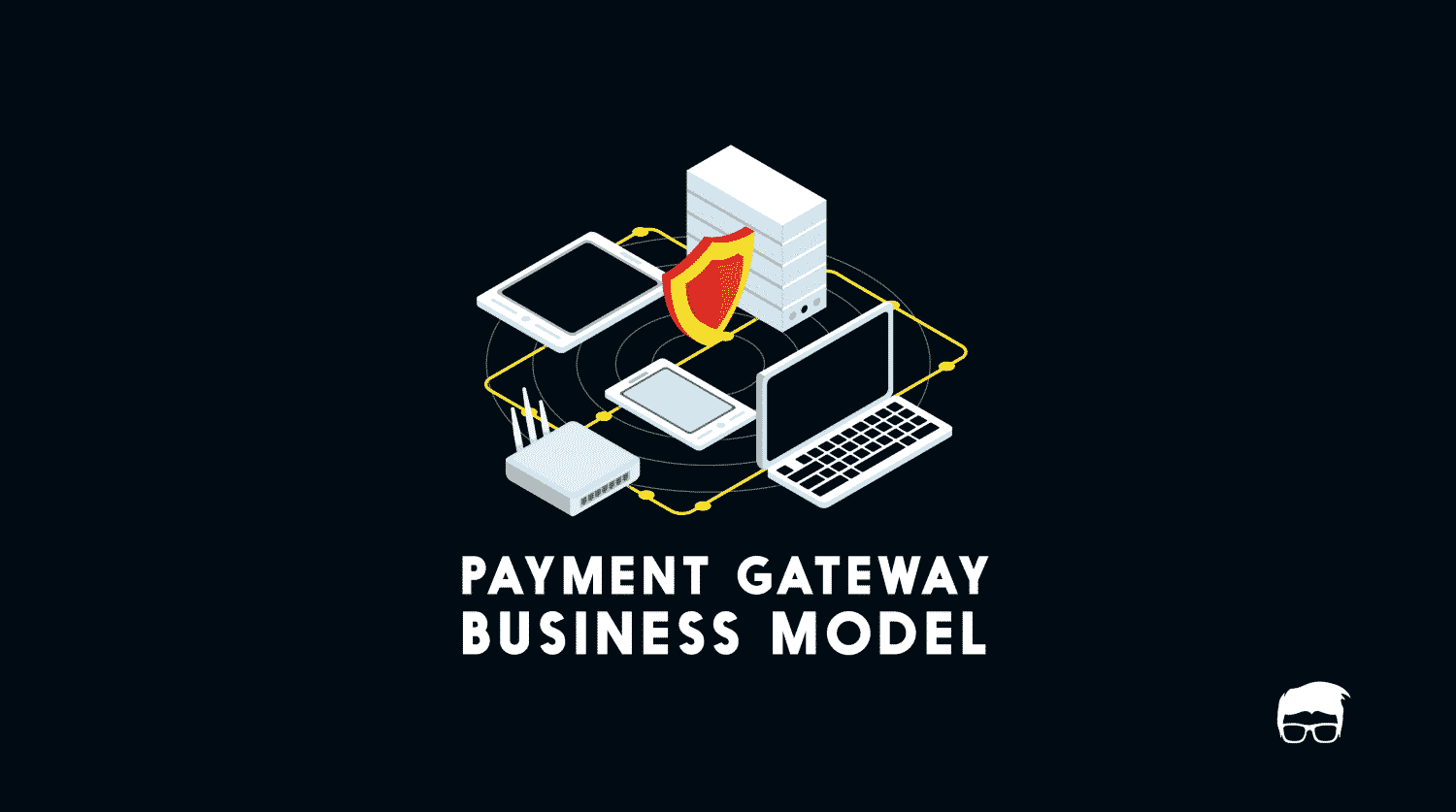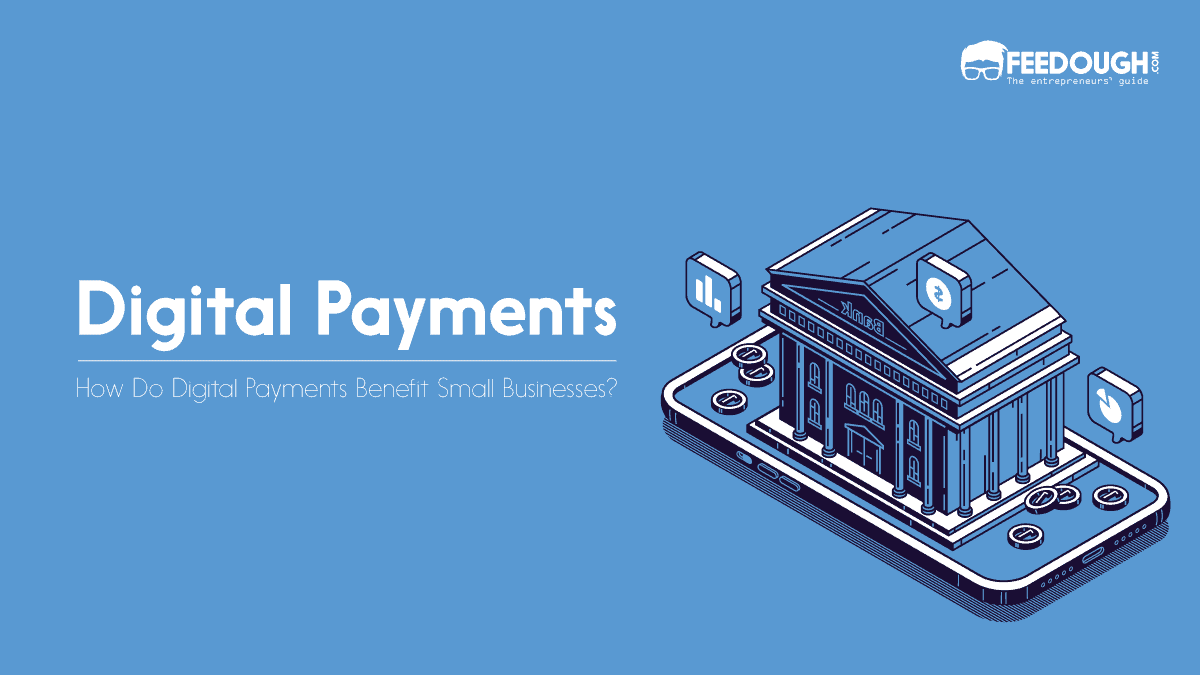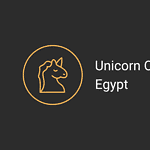A bank where there isn’t an actual bank. This is the core idea behind the unique model of a Payments Bank. Reserve bank of India, to achieve the vision of digital India, conceptualized the idea of payments banks which will increase the penetration of financial services by reaching places where actual banks can’t.
What is Payments Bank?
A payments bank is a new category of banks conceptualized by the Reserve Bank of India, which operates at a smaller scale than an actual bank and doesn’t involve any credit risk. It can carry out most banking operations but can’t advance loans or issue credit cards. These banks operate digitally (on mobile phones and other devices using the internet) rather than through physical branches.
How do payments banks operate?
A payment bank is not a commercial bank but a registered public limited company under the Companies Act, 2013 which has also obtained a license under Section 22 of the Banking Regulation Act, 1949 and a special permit by RBI to operate as a payments bank.
A payments bank can do the following –
- Accept deposits (up to ₹ 1 lakh) and pay interest on those deposits
- Offer remittance services
- Enable mobile payments
- Fund transfers (to other banks as well)
- Issuance of ATM and debit card services
- Issuance of forex cards to travellers
- Net Banking services
- Sell third party financial products like insurance and mutual funds
However, these banks cannot carry out lending activities like –
- Advancing loans
- Issuance of credit cards, etc.
What led to the idea of payments banks?
Indian government wants its initiative of digital India to reach everyone residing in India. The goal is to provide financial services to the labour workforce, low-income households, small businesses, and others who don’t have access (or have limited access) to them. The limitation of commercial banks is that they don’t have a wide reach. This limitation is removed by launching payments banks.
41 companies applied to obtain a payments bank licence whereas only 11 were actually approved. One of the biggest factors which were considered by RBI was the network and reach of the company. Hence, payment bank licenses were granted to companies dealing in mobile telecommunication services, supermarket services, prepaid wallet services, etc. to cater to individuals and small businesses who otherwise have less or no access to banks.
A payment bank should fulfil the following conditions set by RBI
- The minimum capital investment to be ₹100 crores.
- For the first five years, the stake of the promoter to be 40% minimum.
- 25% of its branches must be in the unbanked rural area.

How do payments banks make money?
Unlike commercial banks, payments bank cannot earn by lending money. However, payments banks make money through the following activities
Interest arbitrage
Payments bank makes money by depositing the money with some other bank and/or government deposits which provides interest rates greater than that is provided by the payments bank. For example, a payment bank which is offering interest at 6% can deposit the money at a bank or a government deposit which offer more than 6% interest rate.
This is usually done by companies dealing in prepaid wallet services which invest the deposited money in an escrow account at a partner bank.
Transaction costs
Payments banks charge customers a certain percentage of their transaction value. For instance, Airtel Payments bank charges ₹5-25 if the transacted amount is between ₹10 and ₹4,000 and 0.65% of the withdrawal amount if it is above ₹4000.
Many other services bear a charge as well.
Cross-selling and Bank Correspondents
Payments bank cannot lend or open a subsidiary to lend money. Hence, they partner with other organisation to sell their products (insurance, investments, etc.) and make money with it.
Payments banks also tie-up with existing banks to sell their loan services.
POS and MDR
Just like commercial banks, payment banks make money as commissions from transactions through the point of sale terminals and resultant MDR (merchant discount rate).
How are payments banks different from prepaid wallets?
Payments Banks are often confused with prepaid wallets but are a lot different from them. Though open E-wallets like M-Pesa by Vodafone and ICICI bank, Pay Zapp by HDFC Bank, etc. let users perform activities like withdrawal of cash at ATMs or banks and transfer funds but they don’t offer interests on money deposited.
E-wallets are not banks but just online wallets used for storing money to facilitate transactions.
Payments banks operating in India

Airtel Payments Bank
The first company to start this service. Airtel Payments Bank offers 7.25 % on savings accounts deposits and charges 0.65% as transaction fees. The mobile number is also the account number of the customer. The bank also launched an Airtel Payments Bank app and online debit card in collaboration with Mastercard which can be used only at online merchant portals that accept Mastercard. Customers also get a free personal accidental insurance cover ( through a tie-up with Bharti AXA General Insurance Co. Ltd.) of ₹1 lakh when they open a savings account.
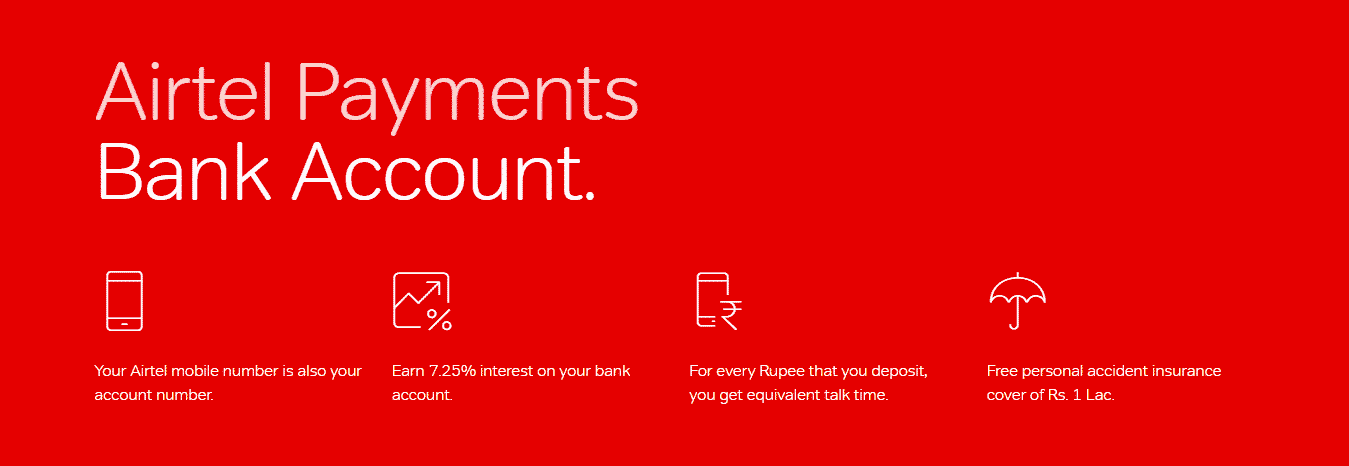
India Post Payments Bank
India Post Payments Bank offers 4.5-5.5% interest on the savings account. It also provides doorstep banking services by charging a nominal fee of ₹15-35 per visit for an amount below ₹10,000.
Paytm Payments Bank
Paytm other than being the top e-wallet service provider also have plans to add payments bank in their business model. The bank is likely to launch with a pilot in parts of Uttar Pradesh.
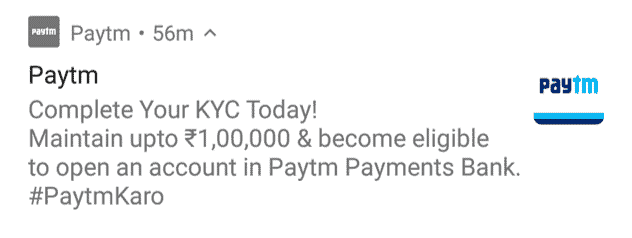
Other Companies which received payments bank licence
- Fino Pay Tech Ltd
- National Securities Depository Ltd
- Aditya Birla Nuvo Ltd
- Vodafone m-Pesa Ltd
- Reliance Industries Ltd
Go On, Tell Us What You Think!
Did we miss something? Come on! Tell us what you think of this article on ‘What is payments Bank’ in the comments section.
A startup consultant, digital marketer, traveller, and philomath. Aashish has worked with over 20 startups and successfully helped them ideate, raise money, and succeed. When not working, he can be found hiking, camping, and stargazing.
